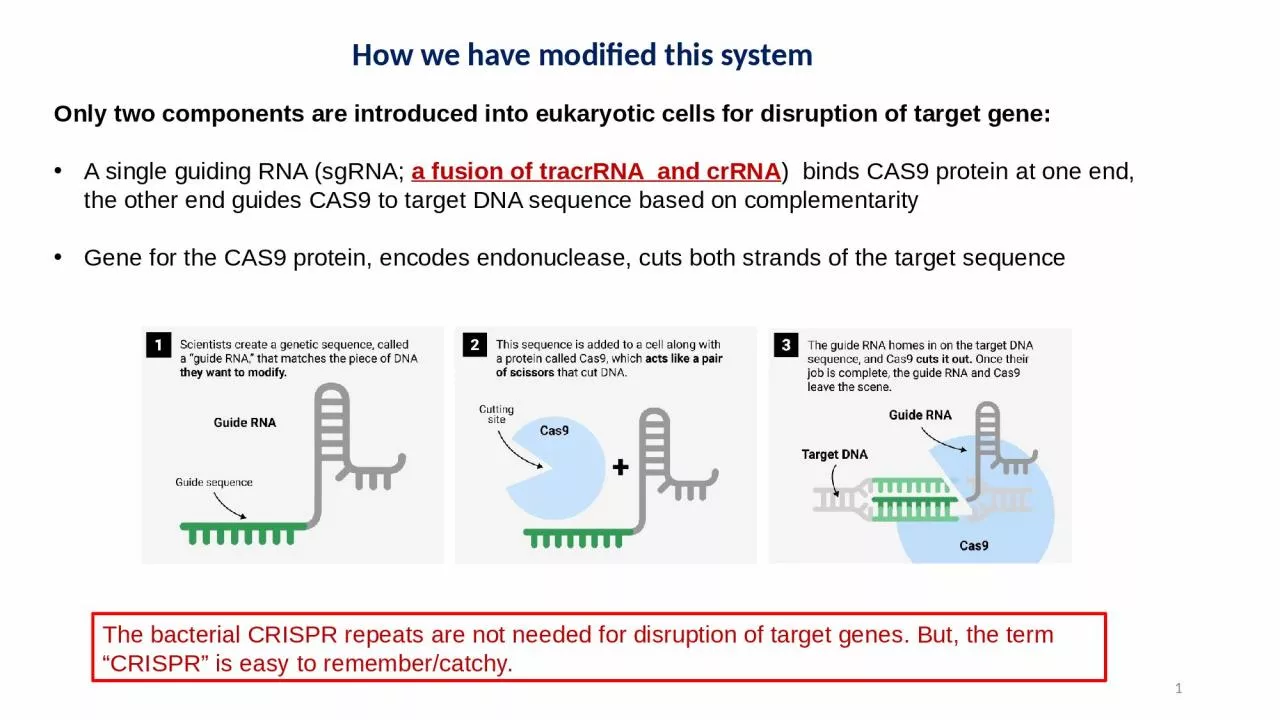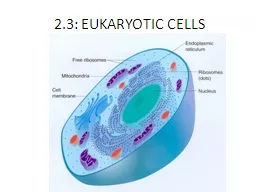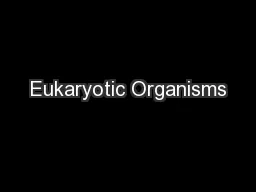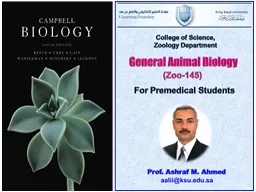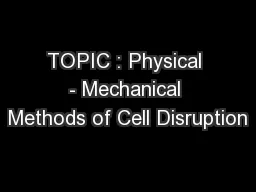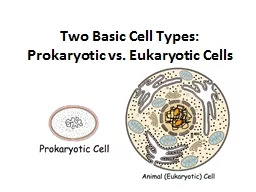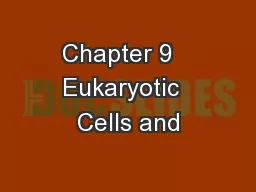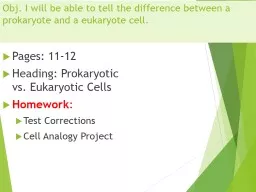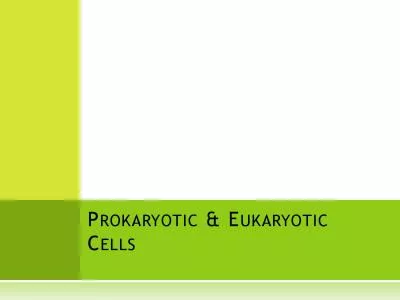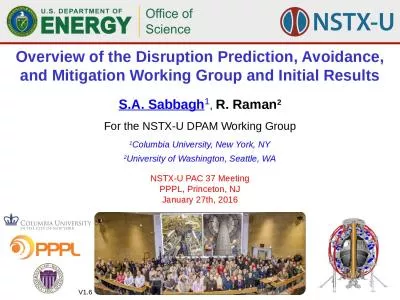PPT-Only two components are introduced into eukaryotic cells for disruption of target gene:
Author : fiona | Published Date : 2024-02-09
A single guiding RNA sgRNA a fusion of tracrRNA and crRNA binds CAS9 protein at one end the other end guides CAS9 to target DNA sequence based on complementarity
Presentation Embed Code
Download Presentation
Download Presentation The PPT/PDF document "Only two components are introduced into ..." is the property of its rightful owner. Permission is granted to download and print the materials on this website for personal, non-commercial use only, and to display it on your personal computer provided you do not modify the materials and that you retain all copyright notices contained in the materials. By downloading content from our website, you accept the terms of this agreement.
Only two components are introduced into eukaryotic cells for disruption of target gene:: Transcript
Download Rules Of Document
"Only two components are introduced into eukaryotic cells for disruption of target gene:"The content belongs to its owner. You may download and print it for personal use, without modification, and keep all copyright notices. By downloading, you agree to these terms.
Related Documents

